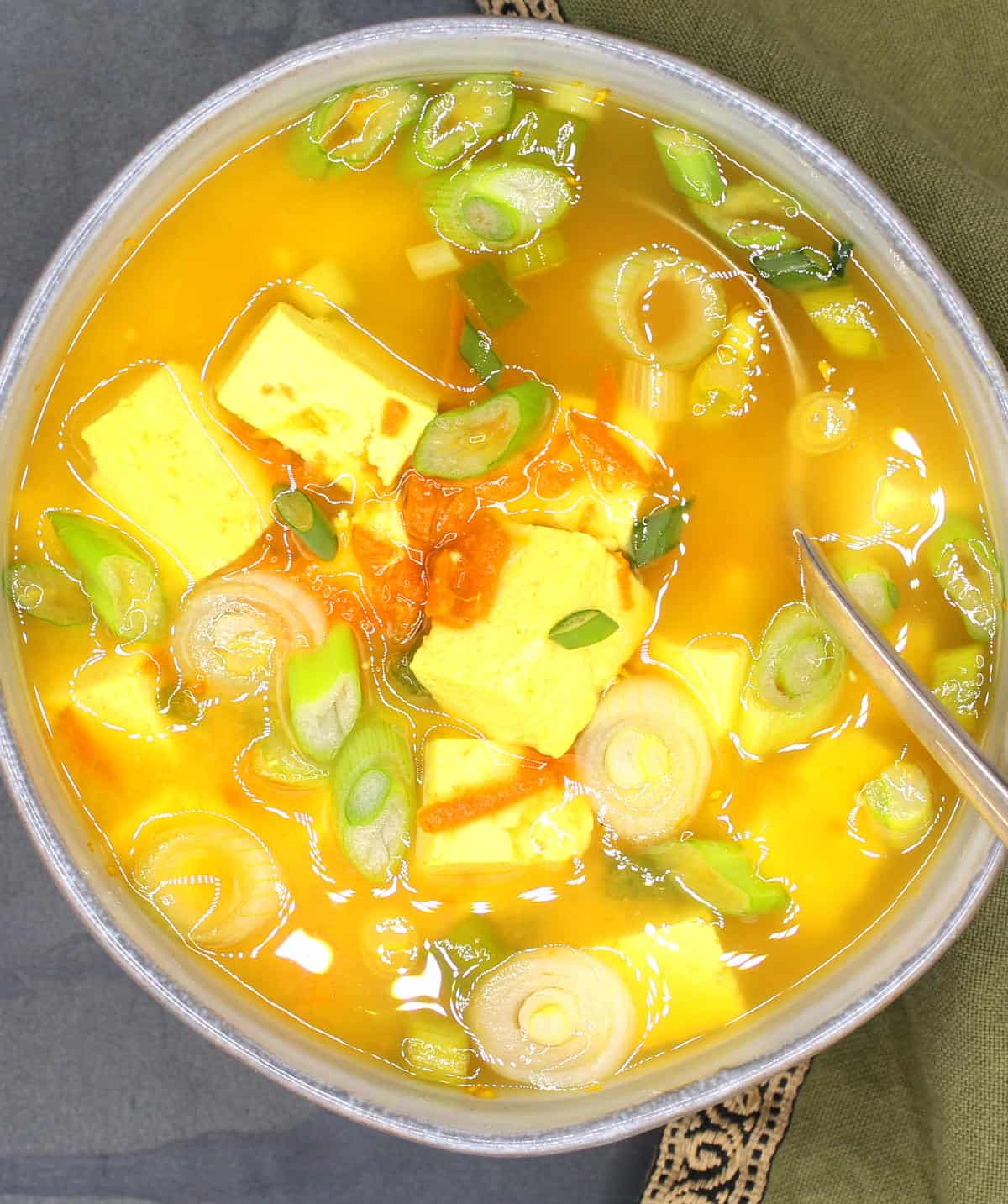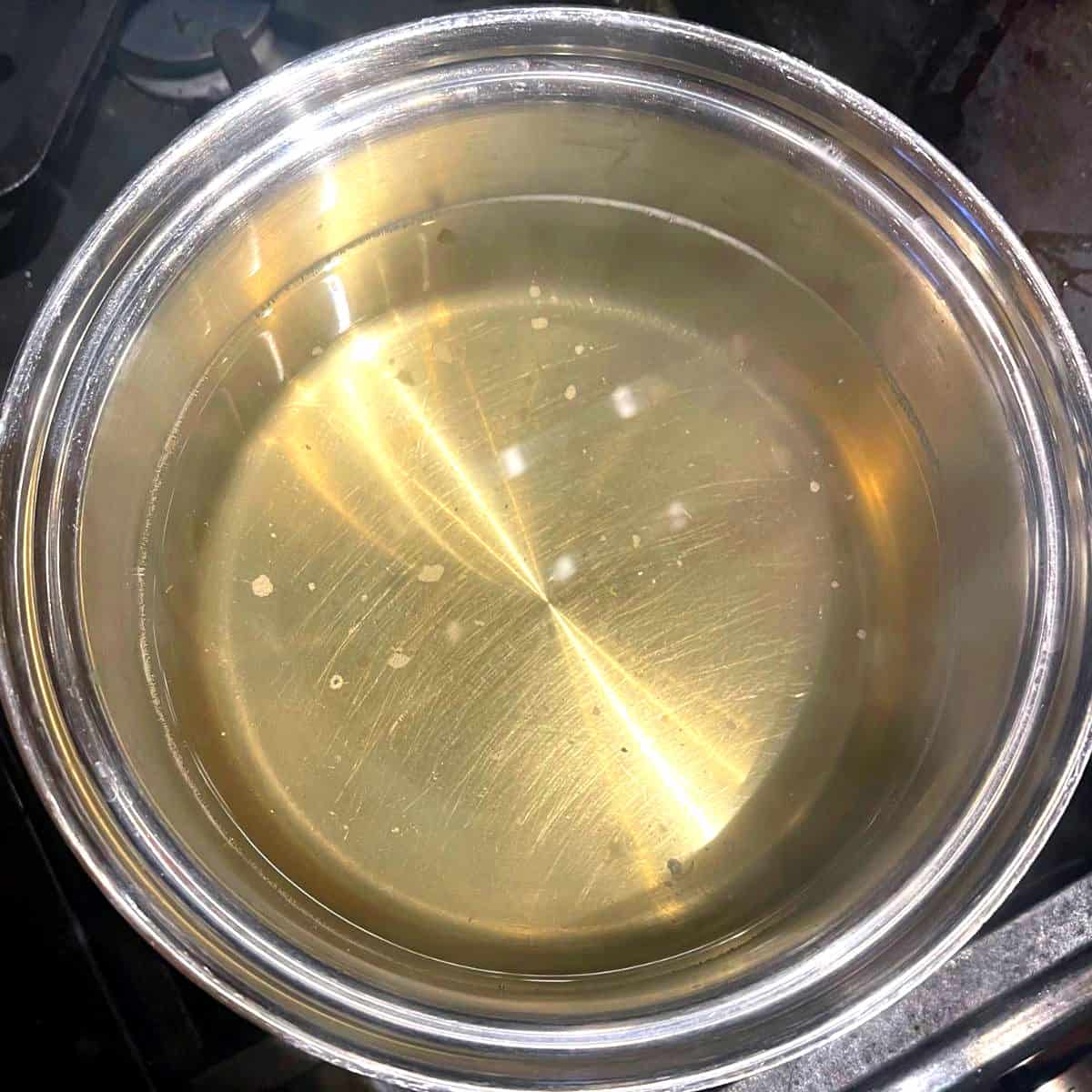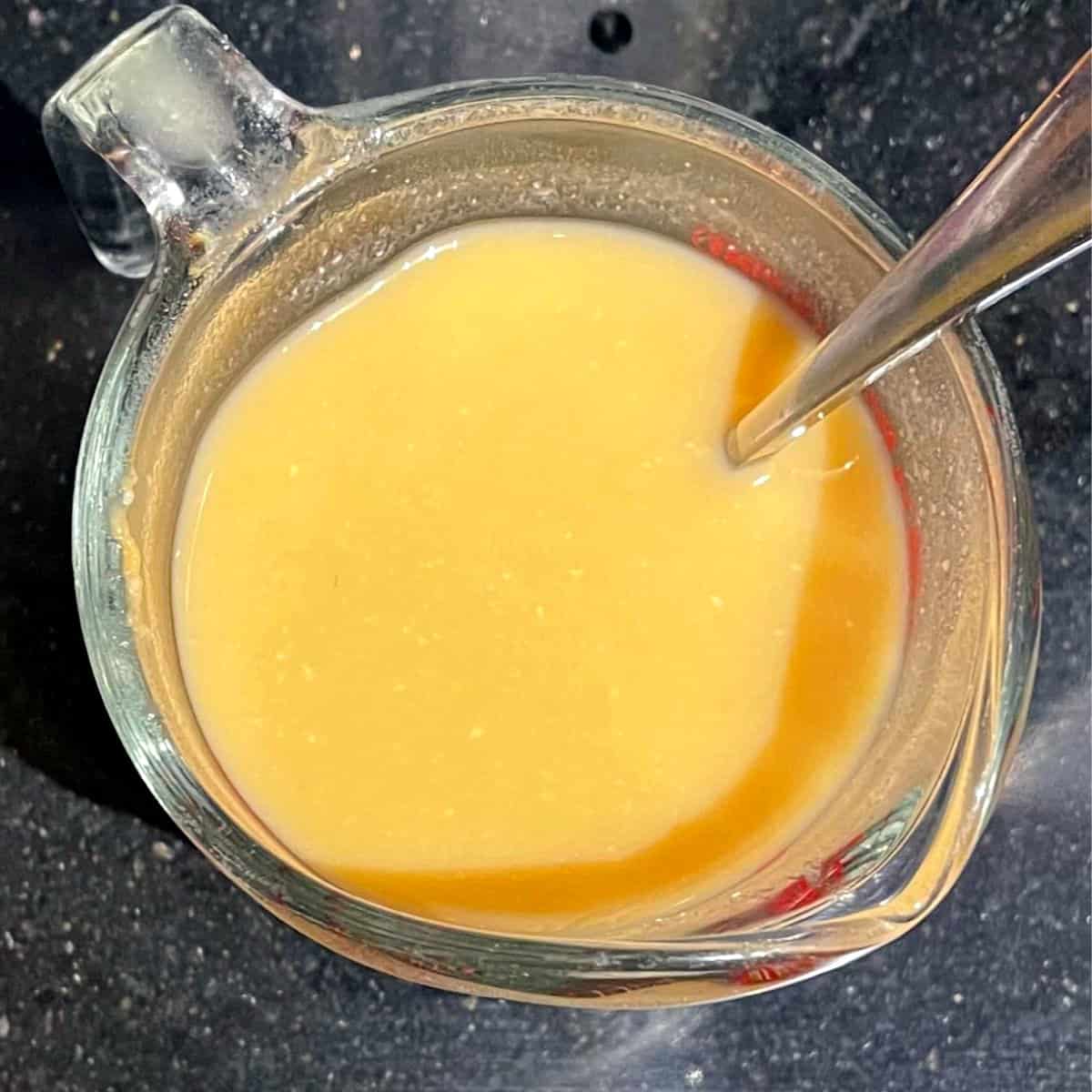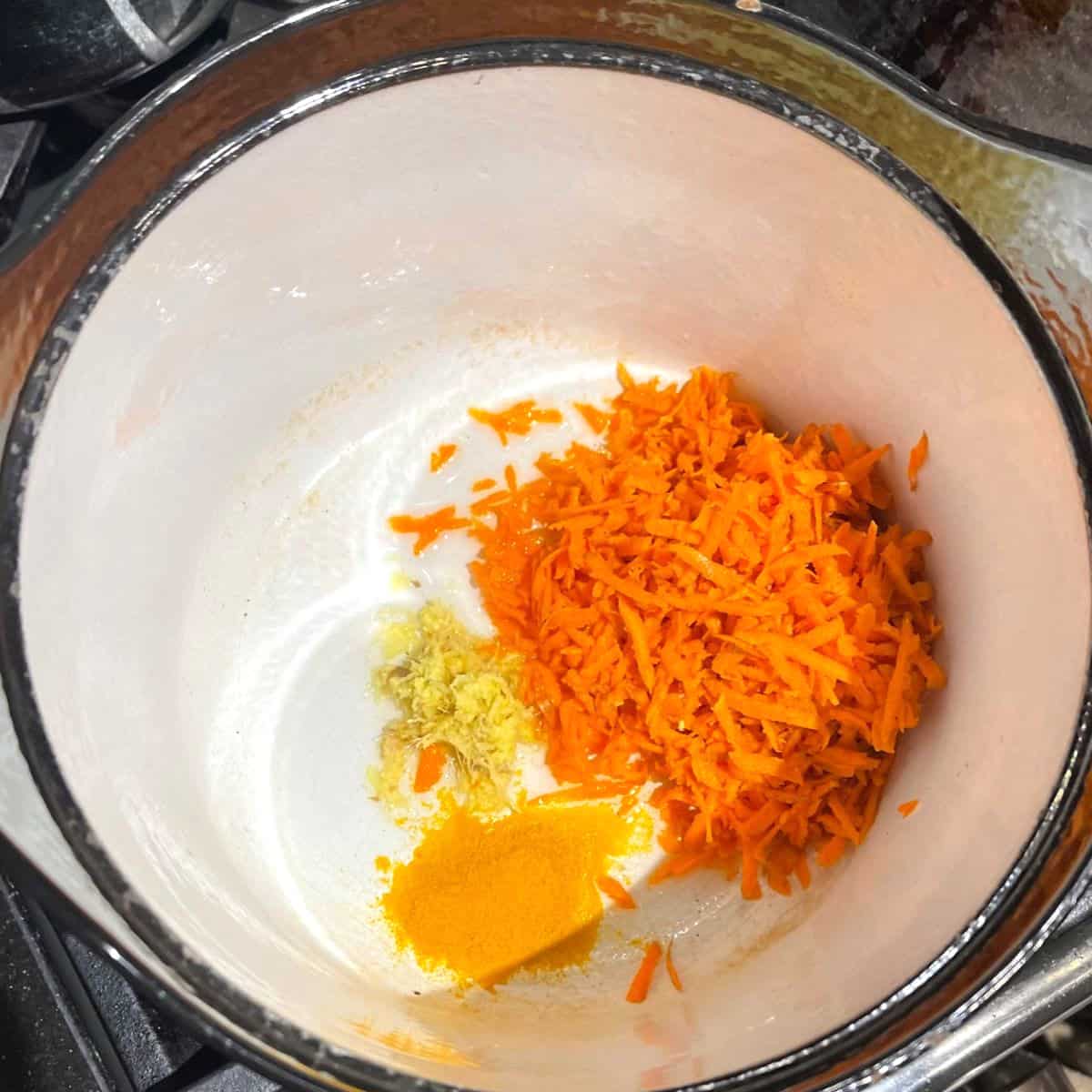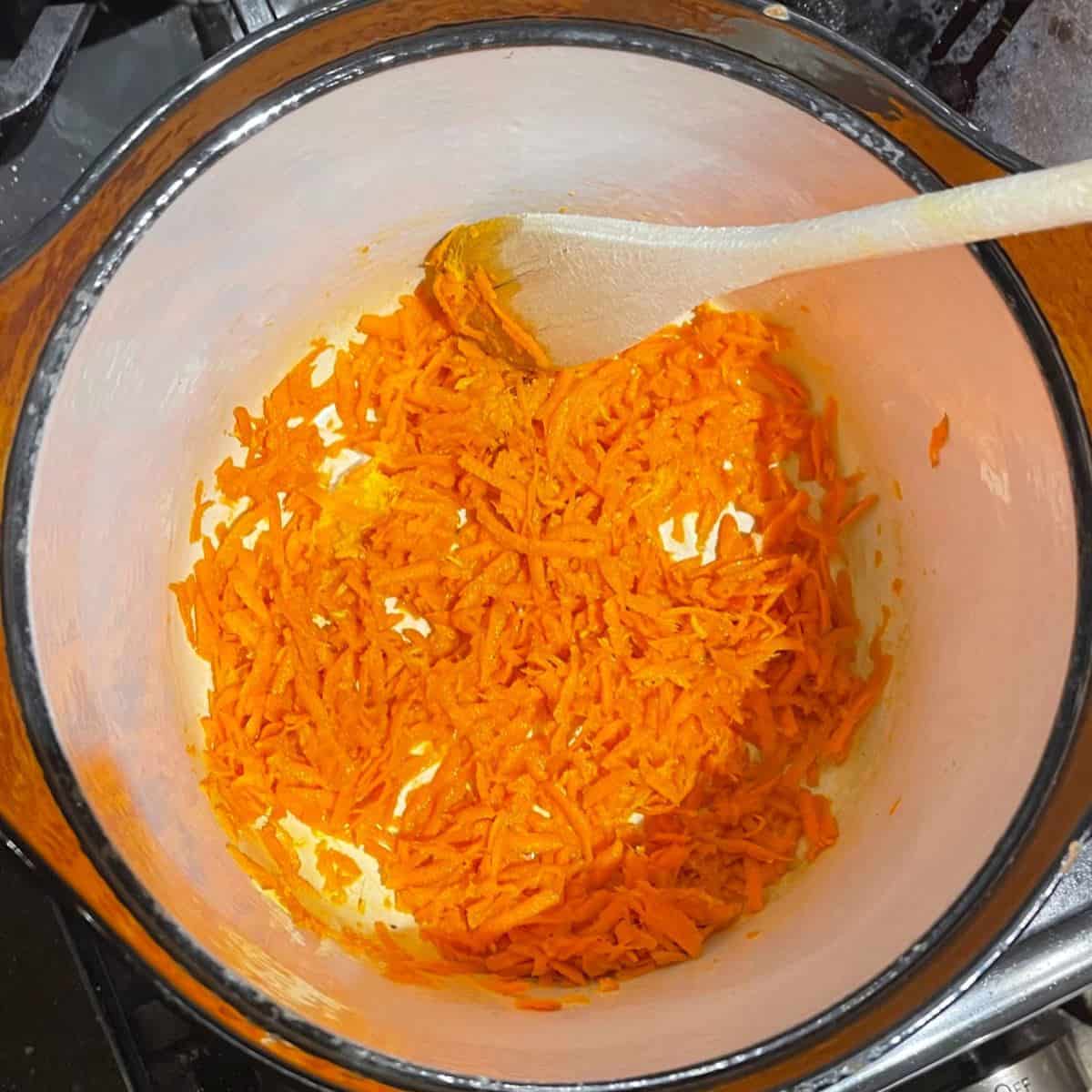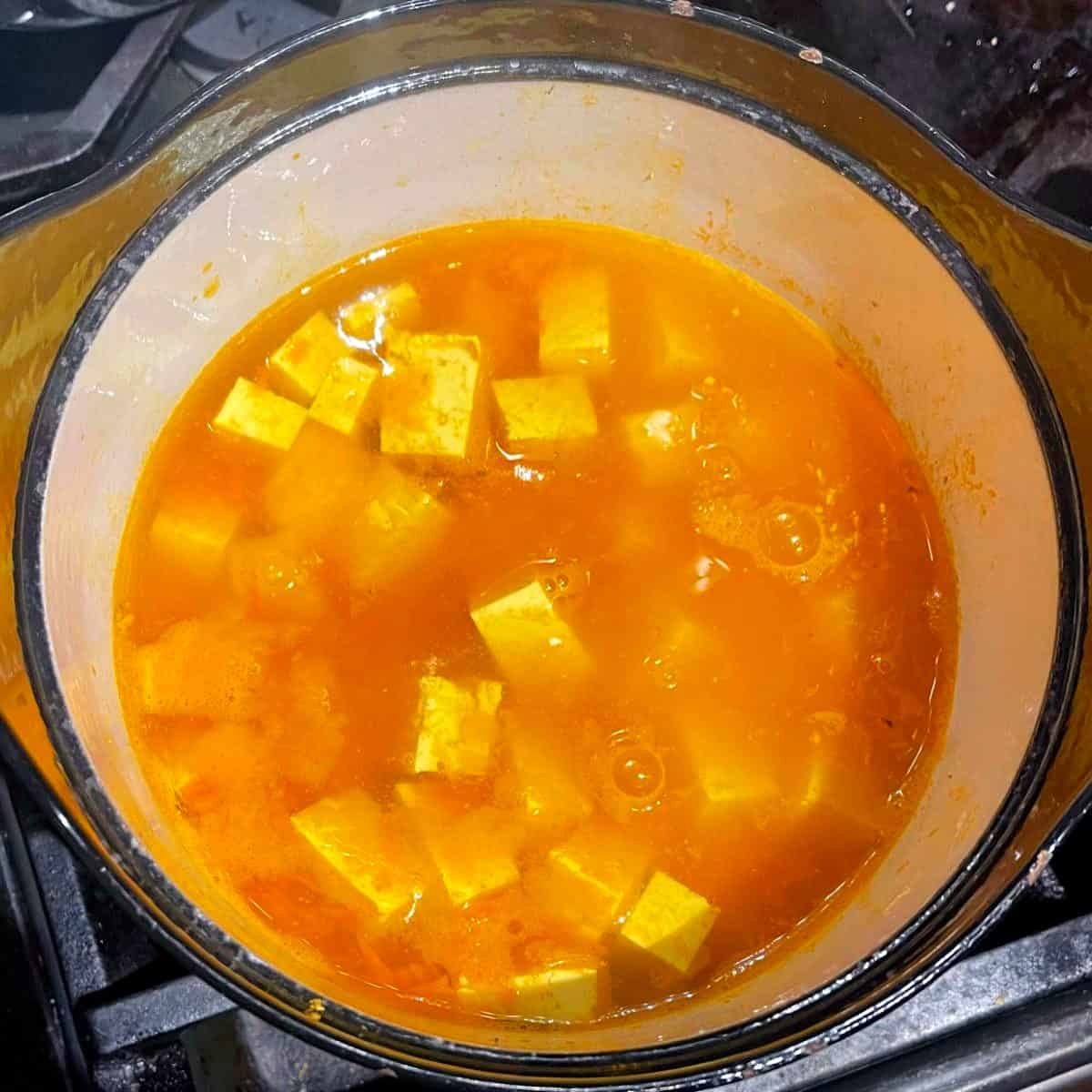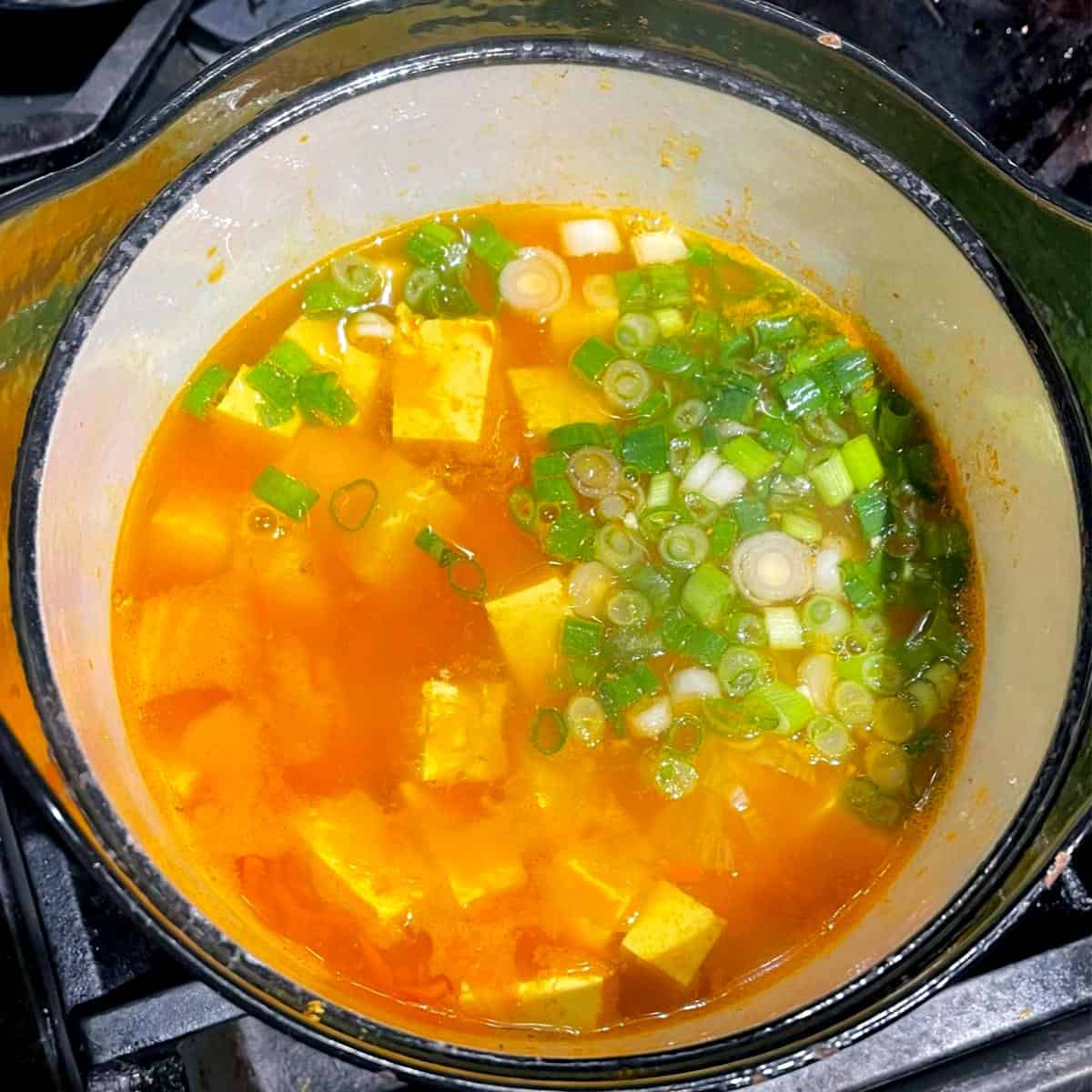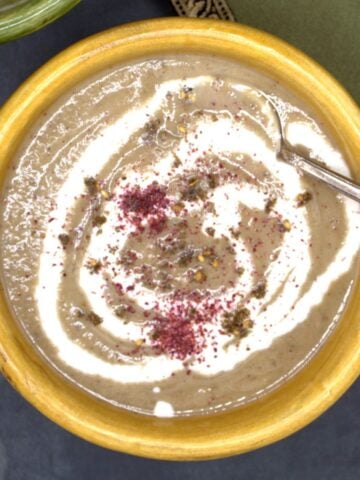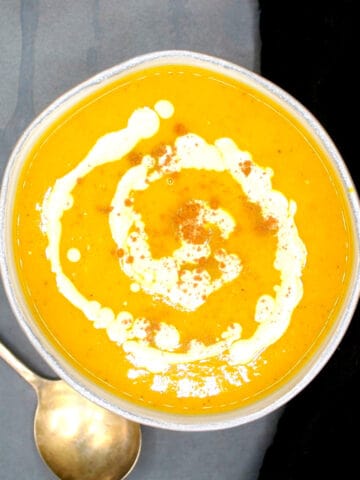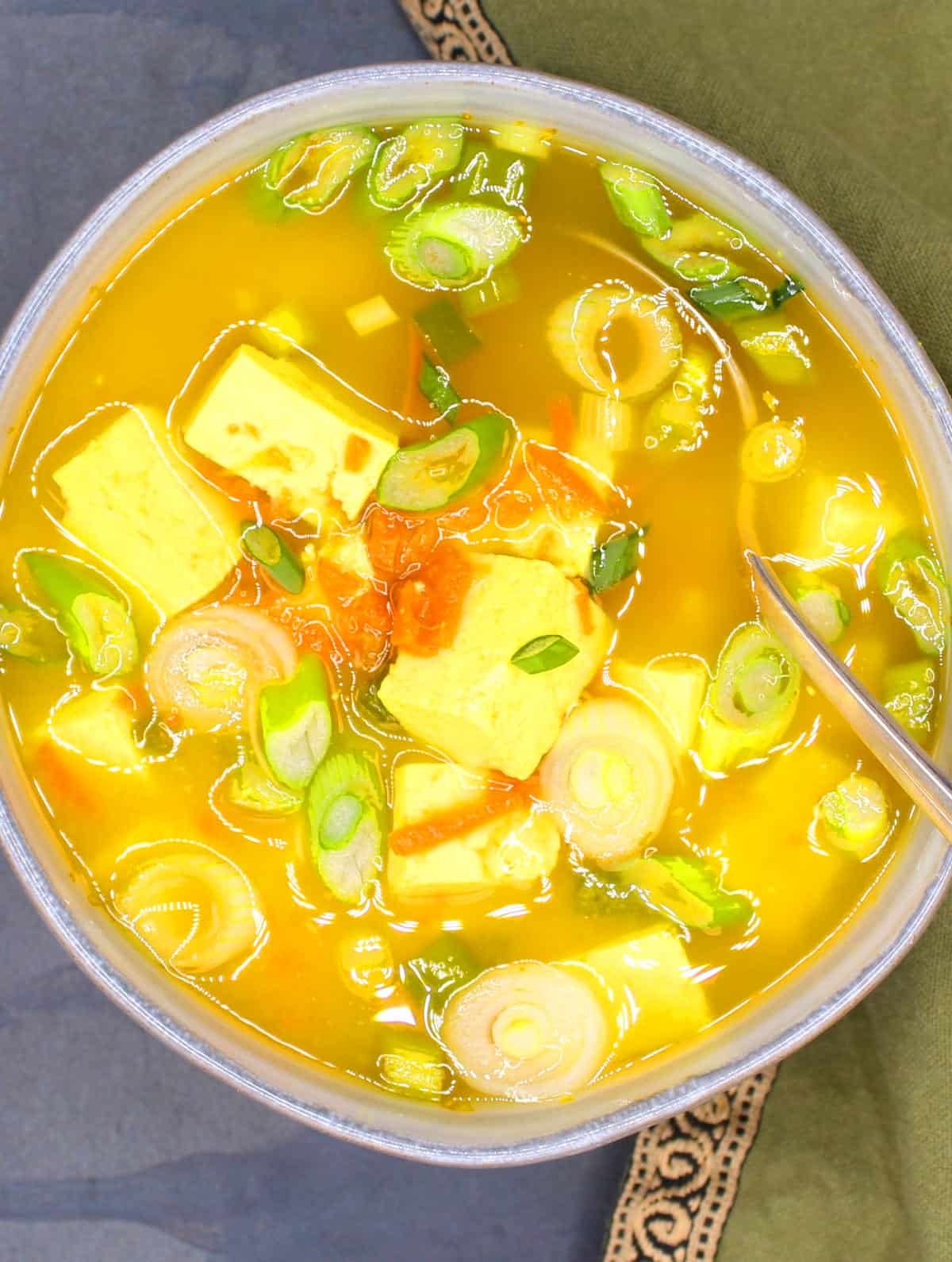You might also enjoy these recipes for detoxing dandelion greens soup and vegan caldo verde, a Portuguese soup with collard greens. When I’m looking to rid myself of some of the excesses of the holidays or eating on the road, I make myself a delicious turmeric ginger tea or this cleansing miso soup. It’s a light, one-bowl meal and it comes together easily and effortlessly. This homemade miso soup made from scratch tastes way better than a store-bought instant miso soup, and it is especially cozy and comforting to scoop it up in hot spoonfuls on a cold day or when the sniffles hit. The recipe is very, very customizable to your taste and to whatever you have in the pantry. And, best of all, it is wonderful for your digestive and respiratory health. This miso soup recipe makes enough to serve four people, but I love it so much, I can guzzle down half the recipe at one sitting without feeling even a little guilty. After all, everything in here is great for you, and there’s no added fat!
Benefits of eating miso
Miso is one of the healthiest ingredients you can put in your body. This Japanese pantry staple is a thick paste made usually by fermenting soybeans, and sometimes rice or barley, with a starter, called koji. Miso is rich in protein and in nutrients, including manganese, copper, zinc and Vitamin K, among many others. Because it is a fermented food miso is probiotic and easily digestible, making it an ideal detoxing food for the gut. Miso can also help guard against cancer, heart disease and diabetes and it can strengthen the immune system. This ingredient is sold as a paste, usually in a tub, and it keeps in the refrigerator for up to a year. There are three different types of miso that you will most likely encounter: white miso, or shiro miso, which has the mildest, most pleasing flavor (that’s what we will use in this miso soup); yellow miso, or shinsu miso, which is fermented longer than white miso and is yellow to light brown in color, but still with a mild taste; and finally, red miso, or aka miso, which has a darker red or brown color as well as the strongest flavor. If you’re not used to cooking with red miso paste be careful because it can assert itself as the dominant flavor in any dish. Miso can be added to soups, sauces, marinades and salad dressings. Because it is a fermented soybean paste it is packed with umami, that elusive fifth taste, but it is also extremely salty. If you use it in a recipe keep in mind that you will likely need little to no additional salt. I often add shiro miso to my vegan basil pesto or to my magic cheezy sauce instead of parmesan cheese.
Why you will love this soup
Savory and comforting. This miso soup has tons of flavor from the ginger, carrots and miso. It tastes smooth and rich and is very satisfying. Easy to make. Making miso soup is easy, and this recipe is perhaps easier than most. You will still get a very authentic flavor and all of the wonderful health qualities. Healthy and healing. The soup is free of oil and it is loaded with vitamins and minerals from the miso, dashi, carrots, ginger and turmeric.
Variations
Add ribbony noodles like fettuccine to the pot to make this a miso noodle soup. Add an extra cup of liquid to the soup and let the noodles cook in the broth. Use another quick-cooking vegetable of your choice in the soup, including zucchini or a winter squash. Sweet peas would be nice here too. You can also add thinly sliced greens, including spinach or kale. Add mushrooms to the soup, either thinly sliced button mushrooms or reconstituted or fresh shiitake mushrooms. Add a dash of soy sauce to the soup for some extra umami.
How to make miso soup
Expert tips
Miso should always be added to cooked foods at the end of cooking, and after you’ve turned off the heat. This preserves the beneficial bacteria and enzymes in miso, giving you the greatest health benefits. When miso soup is left standing the miso will tend to collect at the bottom of the pan in a sludge. Make sure you stir the soup before serving.
Storage instructions
Refrigerate: Store the miso soup in the refrigerator for up to four days. Freeze: Because of the tofu I don’t recommend freezing miso soup. The texture of tofu changes considerably when it’s frozen. You can freeze the rest of the soup, however, and add tofu after thawing and before reheating. Reheat: Reheating miso soup is not advisable because the beneficial bacteria in miso can die when exposed to too much heat. If you do reheat, do so gently over low heat until just warmed through.
More nourishing vegan soup recipes
Recipe card
Check to get new recipe updates by email.
